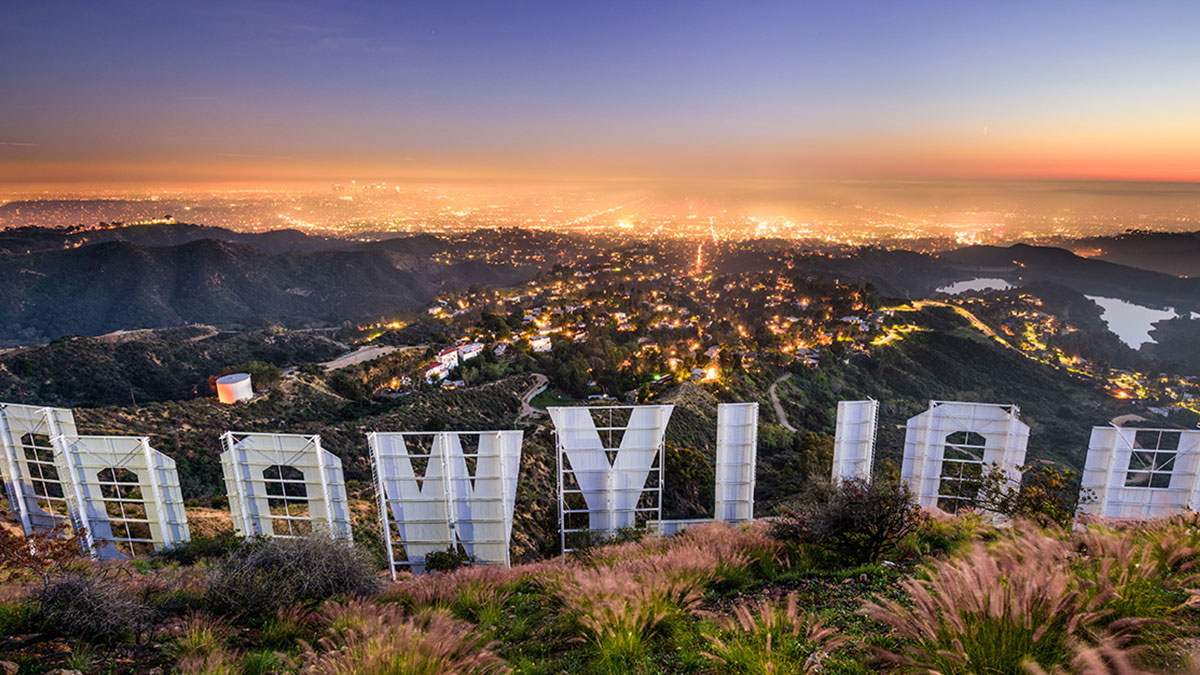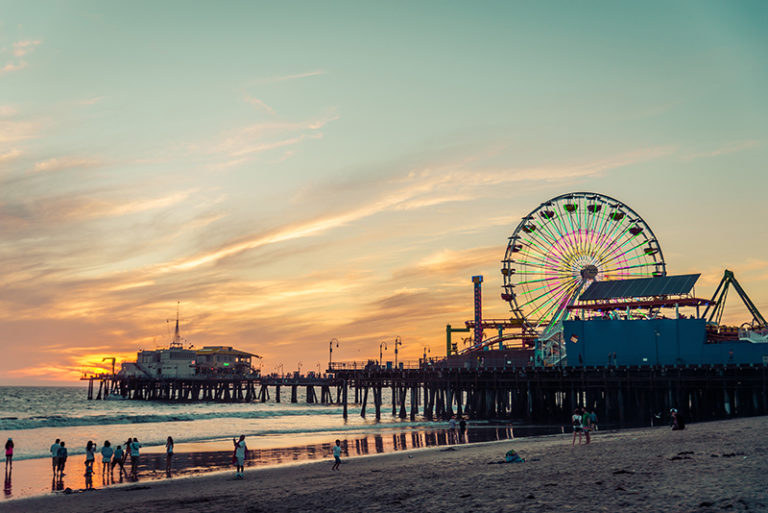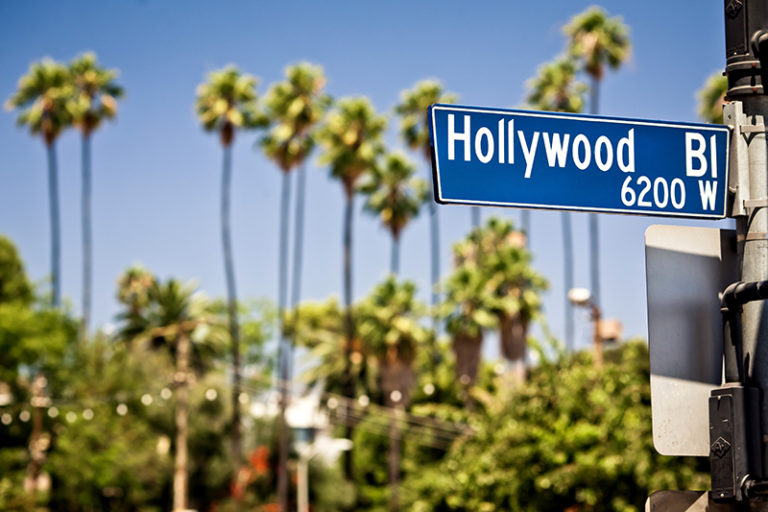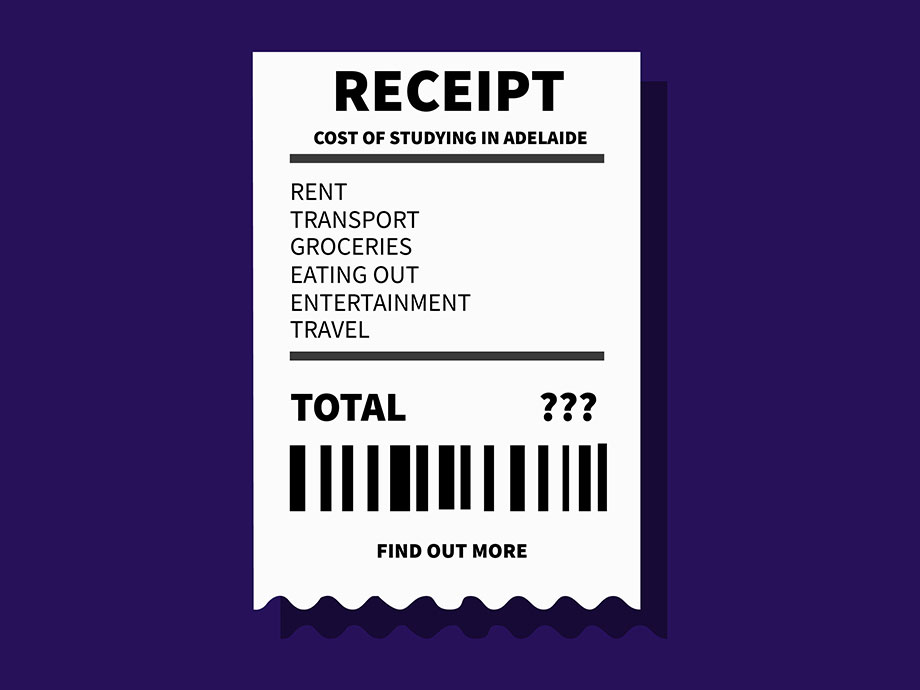Budgeting | Life | Personal Finance | Personal Stories | Article
The Cost of Living and Working in L.A
by Sophia | 17 Dec 2019 | 9 mins read

Ah, Silicon Valley. It’s every tech guy’s crown jewel in the West, promising the shiny startup life and well-paying jobs that could turn you into the next Mark Zuckerberg or Bill Gates. After all, working in tech means being at the forefront of the most cutting-edge innovations and apps set to change the world.
Even our Minister for Education, Dr Ong Ye Kung, has encouraged us to “be enterprising and venture out” in order to find jobs that are “exciting and different from today.”
So for those who intend to get up off their asses and move to be where the big-tech action is — the bigger question is, how much does living there cost?
Aaron, 45 years old, has been in America for the last 22 years, and is currently a green card holder — and he can tell you all about life in the States. He originally moved to America after his parents gave him a chance to study abroad, and consequently enrolled at the University of Southern California in pursuit of a degree in business administration.

LA has since then become home to him and his husband. Today, he’s a successful Vice President of Operations at a beauty company, in charge of managing salons across Los Angeles and San Francisco.
I was curious to know what it was like to live there, from administrative logistics to daily living and expenses.
Staying in L.A
After graduating from university with a degree in business administration, Aaron started his new lease of life with a work visa. Specifically, he applied for the H1B visa.
“This is a work visa for someone who has specialised skills for the hiring company,” he explains to me. “When filing for the visa, my immigration attorney had numerous meetings on what skill sets to showcase for my position.”
Aaron recommends hiring an immigration attorney for the filing of this visa. “You can apply for it on your own, but the attorney will know the ins and outs of immigration. Since it’s for your work status and your future, it’s best to let the professionals handle it; any misfiling can affect your application, cause delays, and even rejection.”
Immigration attorneys cost around USD$3,000 to $5,000 on average for every H1B application.
This visa is also specific to the company that hires you. “If you switch companies, you’ll have to apply for a change in employer. It’s best to stick with the same one during the duration of your H1B,” Aaron says.
And what are sought-after skill sets to give you the best chances of snagging a H1B?
Aaron says these could be “any specialised skills,” depending on what the American economy requires. “It’s very similar to the expat programme in Singapore. During my time, anyone that was in high-rank positions in the medical and nursing field, IT, creative arts, and business management was highly in demand.”
Do note that US immigration doesn’t just hand out H1B visas freely — there’s a quota for how many H1B applications they can approve.
This particular visa is valid for three years, and is extendable for another three years. One can thus stay and work in America for at least six years.
Then came the application for his green card.
A green card is similar to permanent residence (PR) in Singapore. It only needs to be renewed every 10 years.
The green card has many perks, firstly, one would not need to be tied down to the employer that approved their H1Bs, you will be entitled to social security benefits and after the fifth year as a green card holder, citizenship applications are allowed. So for these reasons, green cards are highly sought after.
However, do note that as a Green cardholder you will be subject to one big downside. Double taxation.
This means if you work outside of America — while holding a green card — you will still be liable for payment of U.S taxes on top of the tax liabilities of the country you are residing in — how much depends on whether the country has a taxation agreement with the U.S.
Aaron applied for his green card before the expiry of his H1B visa, and applied for it through his company. Aaron tells me green card approval hinges on one’s citizen and employee records, usually validated by the employer to prove work contributions.
The process for a green card may take more than a couple of years. It took six years for Aaron because immigration was overwhelmed with applications and backlog, and he had to ensure his H1B visa validity did not lapse and expire during this time.
Housing and Living
Housing is relatively cheaper than Singapore; there isn’t land scarcity in LA like there is here. What you pay for a typical HDB flat in Singapore, you can use to get a house with a backyard in LA, according to Aaron.
For those deciding to work there temporarily, in California, rent averages at $2,800 for apartments, according to Zillow Research.
In Los Angeles, the most affordable neighbourhood is in Jefferson Park, where the rent averages at $1,311. On the other end of the scale sits Santa Monica, where rent can go up to $4,272 for apartments. Of course, finding roommates reduces this amount further.

What if you decide to stay longer, and perhaps invest in some real estate? Firstly, it differs in difficulty for work permit holders and green cardholders, Aaron purchased his very own house just a few years ago and shares his experience.
“Some banks and loan mortgage companies may be more skeptical about processing loans if you’re just on a work permit,” Aaron tells me. “But it’s possible, since work permits prove that you’re staying in America for a long period of time.” Which means that yes — it’s much easier for green card holders to get loans approved for homeownership. However, he also had to build his credit history from scratch in order to qualify for a bank mortgage.
The main factors that affect house purchases and loan approvals will be your income, and whether you’re paying taxes. And let’s not forget records showing that you’ve been a good citizen all this time. This means not getting arrested — so be on your best behaviour.
Utilities
For the average person living in an equally average apartment in the States, utilities will come up to around USD$150 to USD$200, according to Aaron. This amount varies, depending on the size of your apartment or house.
Taxes
Income tax in America will vary based on how much you’re earning. Aaron tells me there are two types of tax to pay, namely state tax and federal tax.
For the case of California, the state LA is in, state taxes range from 1% to 12% based on one’s income.
| Taxable Income | Tax Rate |
| Up to $8,544 | 1% |
| $8,545 to $20,255 | 2% |
| $20,256 to $31,969 | 4% |
| $31,970 to $44,377 | 6% |
| $44,378 to $56,085 | 8% |
| $56,086 to $286,492 | 9.3% |
| $286,493 to $343,788 | 10.3% |
| $343,789 to $572,980 | 11.3% |
| $572,981 and above | 12.3% |
Federal income tax has slightly more heft, ranging from 10% to 37% of one’s income.
| Tax Rate | Single | Married (Joint Filing) | Head of Household |
| 10% | $0 to $9,875 | $0 to $19,750 | $0 to $14,100 |
| 12% | $9,876 to $40,125 | $19,751 to $80,250 | $14,101 to $53,700 |
| 22% | $40,126 to $85,525 | $80,251 to $171,050 | $53,701 to $85,500 |
| 24% | $85,526 to $163,000 | $171,051 to $326,600 | $85,501 to $163,300 |
| 32% | $163,301 to $207,350 | $326,601 to $414,700 | $163,301 to $207,350 |
| 35% | $207,351 to $518,400 | $414,701 to $622,050 | $207,351 to $518,400 |
| 37% | $518,401 or more | $622,051 or more | $518,401 or more |
Source: fortune.com, Internal Revenue Service
For the techies and whizzes out there looking to cut their teeth on a swanky job in Silicon Valley, software developer salaries average around $129,673 per year in California. So how much do you have to pay in taxes? Here are the numbers:
- $12,060 in state taxes (9.3% bracket)
- $28,528 in federal taxes (24%, assuming you’re single)
In total, your taxes for the year will add up to $40,588. So if you’re planning to live and work in America, be prepared for whichever tax bracket you end up in.
Food, Shopping
In Singapore, a meal from a hawker center will cost anywhere from $2 to $5. In comparison, a typical meal in LA (that isn’t fancy) averages at US$10 to US$15. Eating out can add up. Additionally, it’s customary to tip service employees in the US. So most likely, one has to learn how to cook simple meals.
Aaron misses local food — a lot. “Not having the ability to just go to a hawker center or coffee shop to tapao food is a sad reality,” he laments. He shares that there are Asian restaurants with Singaporean dishes, but it requires driving to — if one can withstand LA traffic, that is.

The upside is that the US believes “bigger is better,” so everything is huge in comparison to Singapore,” Aaron elaborates. So, food portions at restaurants and eateries are gigantic.
And as for shopping (such as clothing and fashion), avid fashionistas are going to have a great time with American retail brands. It’s cheaper shopping in LA than buying them off the rack in Singapore.
“In general they’re about 20% to 50% more expensive in Singapore,” Aaron says.
Transportation
Everyone drives, Aaron tells me, which is why LA is infamously known for the state of its traffic (and a shabby public transport system). So if you’re buying a car, automobiles are way cheaper than they cost in Singapore.
Used cars in America typically fall below US$20,000. New cars average at around USD$31,500, which equates to about SGD$42,826.
The American Automotive Association’s study on car ownership costs revealed that owning an automobile will cost the average American USD$9,282 per year, or USD$773.50 a month. For people living in Los Angeles, parking itself costs up to 32% of the cost of car ownership — nearly USD$3,000 a year.
Culture and Safety
Safety hasn’t really been an issue for Aaron, “especially since I’m in LA.” He explains, “Cosmopolitan cities are cultural melting pots with a lot of diversity and inclusivity.”
Of course, there are the occasional racist remarks, but Aaron doesn’t let that bother him. On the topic of gun violence, he says, “Safety is all relative. Does LA have more violence than Singapore? Absolutely. But does it impede our day-to-day living? No.”
On the other hand, adjusting to LA’s culture hasn’t really been all that difficult for Aaron.
“What are people like here? I think it’s no different from any other part of the world. You’ll find the desirable and the not-so-desirable.”
He looks back on his twenty-odd years in Los Angeles with satisfaction.
“I’ve definitely adapted to the American culture here. Yet there’s still some Singaporean left in me. I don’t think I will ever lose that part of me.”














